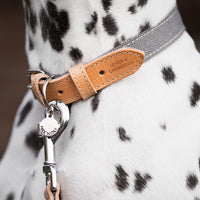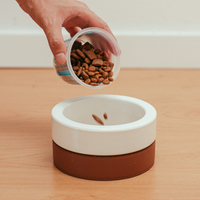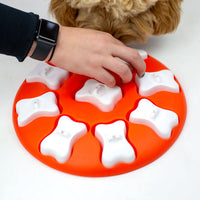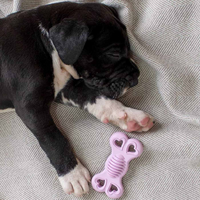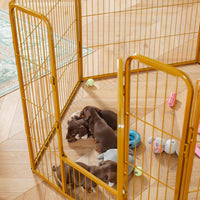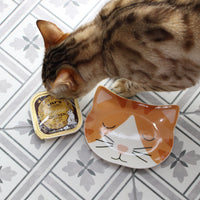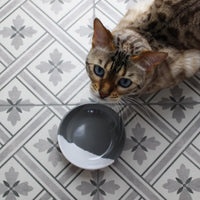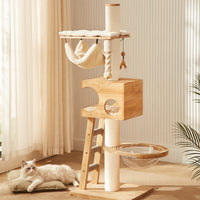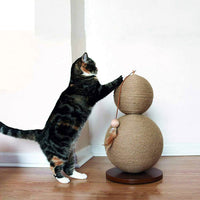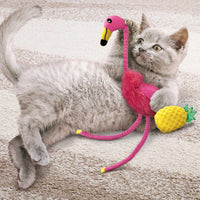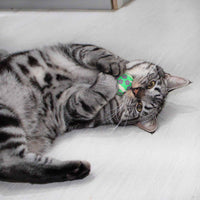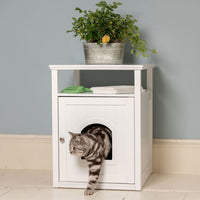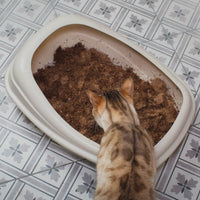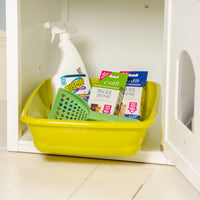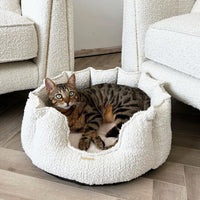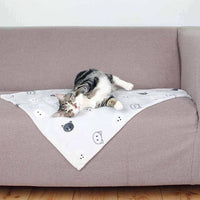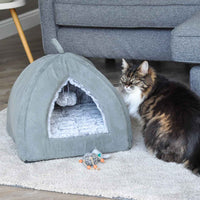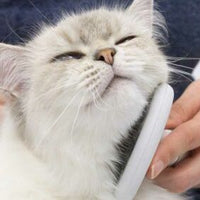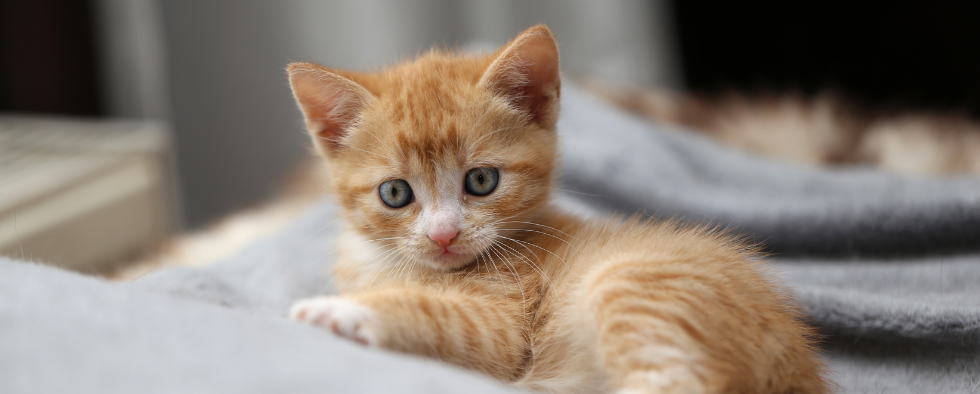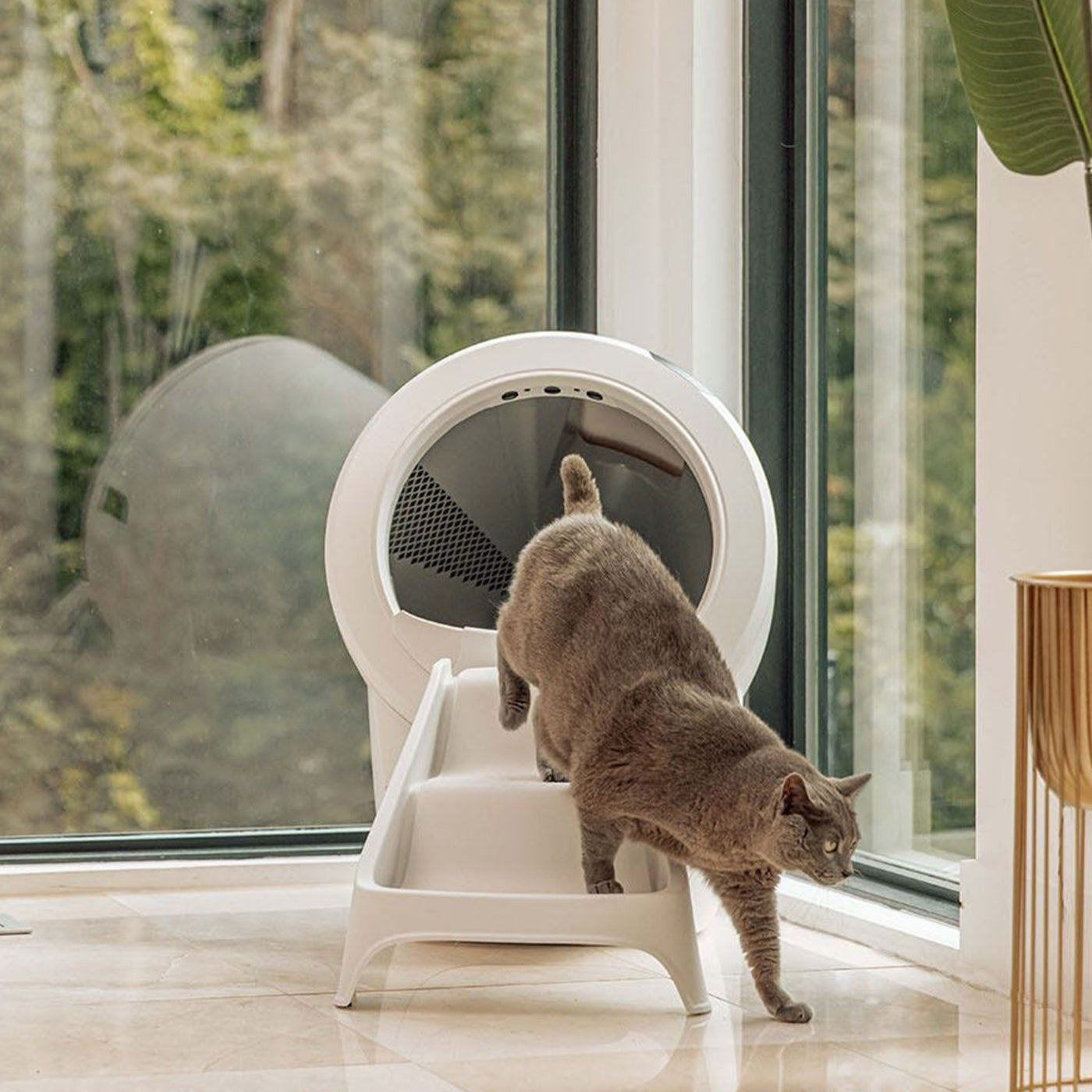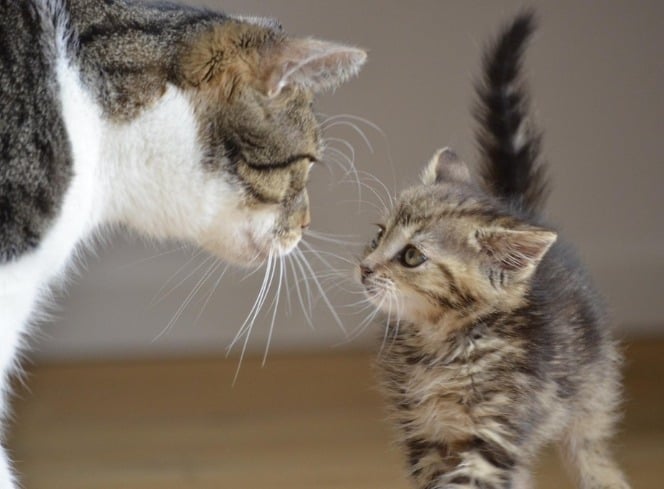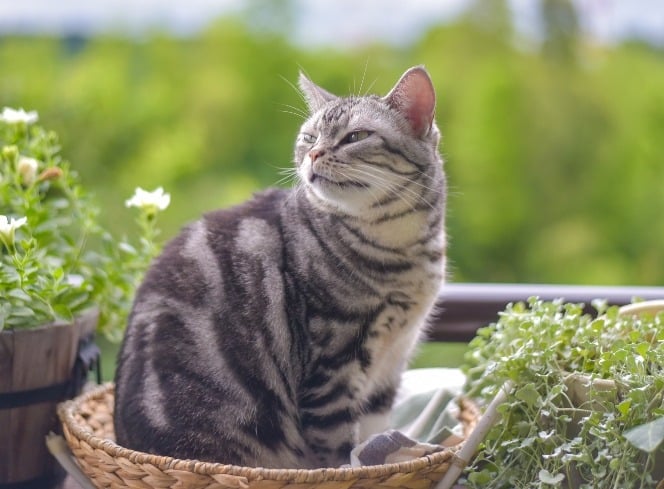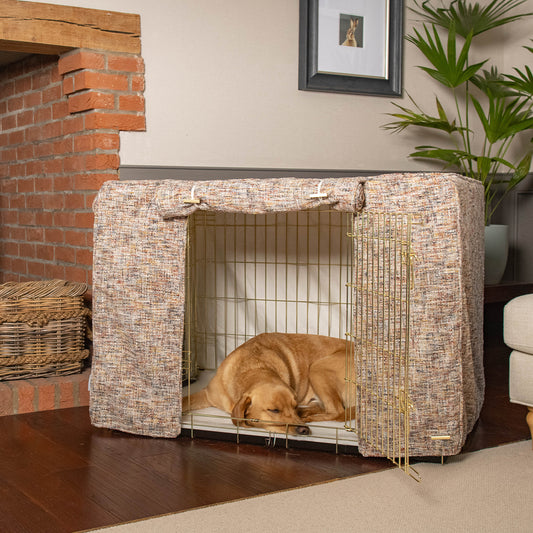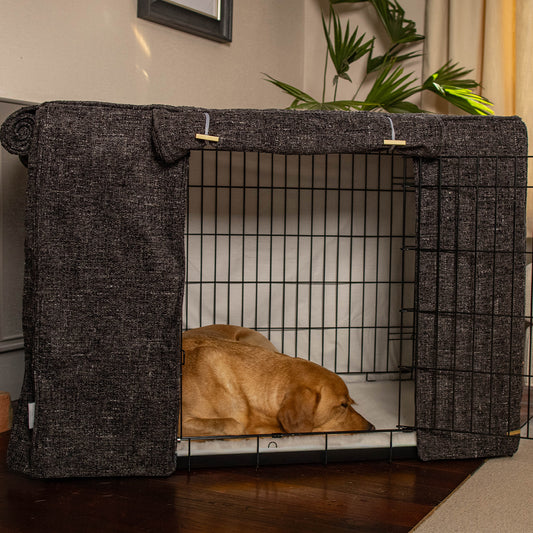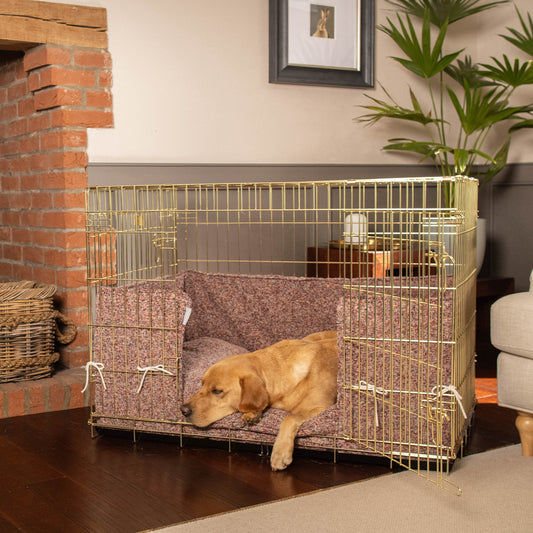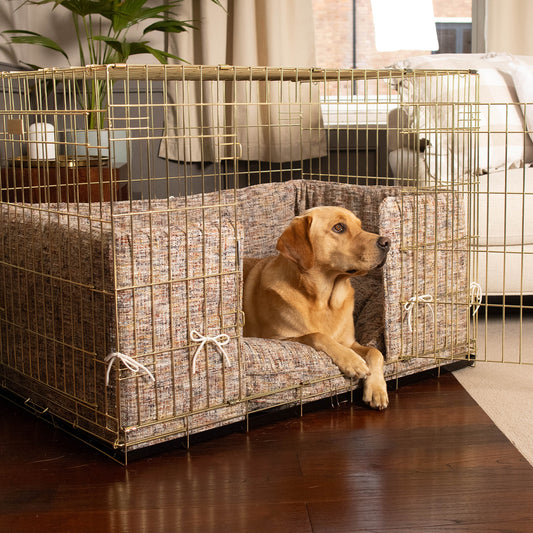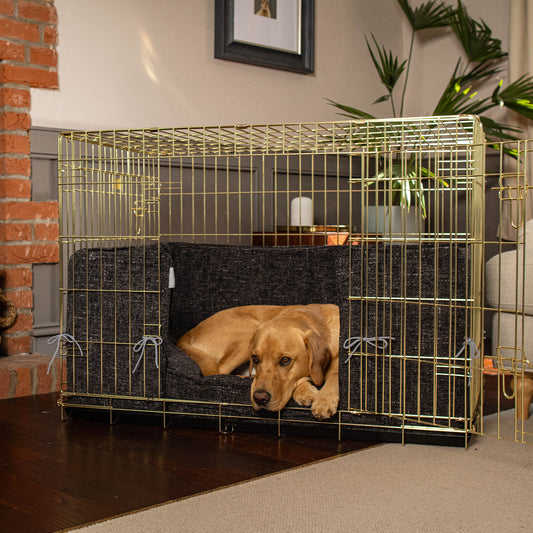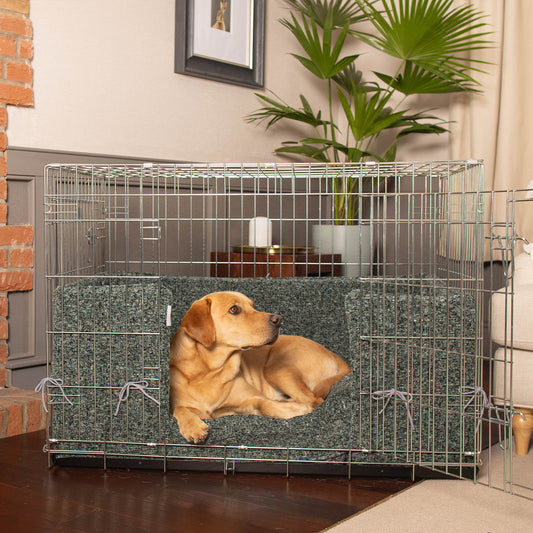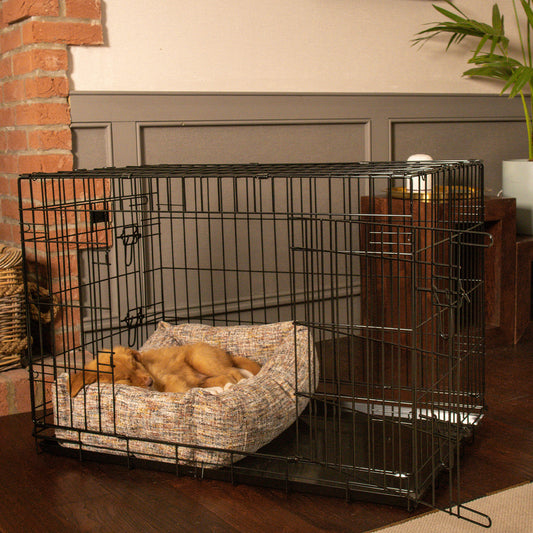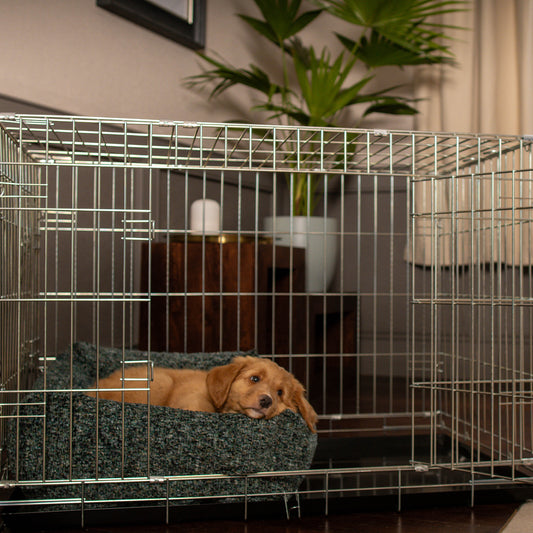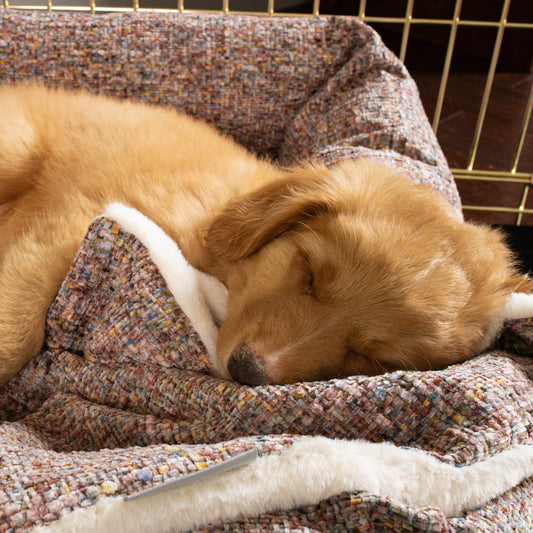Getting a new kitten is exciting and overwhelming, especially when it comes to what they can and shouldn’t eat. Kittens grow rapidly and their digestive and immune systems develop slowly, so they have very specific and nutritional needs that are different from adult cats. When your kitten is old enough to eat solid foods - usually around 8 to 10 weeks old - you may want to give them a treat for their good behaviour. Often when toilet training and learning their name is a good time to give out treats to begin with. Stick to safe and tasty treats for them, which are soft and easy for them to chew. To help your kitten grow, it’s vital to provide food and treats suitable for their lifestyle and nutritional needs.
The best treats for your kittens are those specially formulated for your kitten’s delicate stomach. In this article we take a look at if kittens can eat cat treats and what suitable treats are available to give to your kitten.
Can kittens have cat treats?
You may find most cat specific treats are not designed with kittens in mind, although there are lots of cat treats you can give to your kitten, such as Dreamies. Fortunately, some treats are great for growing your kittens health as they’re packed with healthy proteins and are often low in calories, making the pawfect snack.
Treats are a delicious snack for your kitten, but too many may affect your kittens health, as you may be unknowingly filling his/her tummy with empty calories. A food specifically designed for kittens should be your kittens primary source of calories and nutrition. Treat your furry feline to a special treat only when they’re behaving and toilet training. Crunchy treats are great for teething kittens (normally around 3-6 months) as the chewing will give a little relief from pain of their new teeth breaking through. It’s great to give your kitten a variety of treats, especially to promote healthy diets and wellbeing. Note how many treats your kitten is consuming as they should only take up to 10% of your kittens diet.
What cat treats are good for kittens?
To give your kitten the healthiest and most enjoyable start in life, start with our range of nutritious kitten treats. There are many different types of cat treats in a range of textures and flavours your kitten will enjoy exploring. Here at Lords & Labradors we stock a number of premium pet brands including Innocent Cat, Webbox and Hi Life, suitable for your kittens delicate diet. Be sure to check the feeding guidelines as some treats may only be suitable once your kitten has reached 4+ months.
Keep in mind treats are best consumed in moderation. They usually should take up no more than 10% of your kittens diet; but this will depend on your kittens daily food intake. Feeding your kitten a nutritionally complete diet that is tailored to their specific needs is vital for supporting healthy development, promoting a healthy future and happy adult cat.










